wikiHow is a “wiki,” similar to Wikipedia, which means that many of our articles are co-written by multiple authors. To create this article, volunteer authors worked to edit and improve it over time.
This article has been viewed 41,895 times.
Learn more...
The Glycemic Index is a tool used to measure food based on how rapidly the carbohydrates are digested and released as sugar into the blood. The glycemic load takes into account how much carbohydrates are in the food as well as how rapidly they’re absorbed which gives you a good idea how a certain food is going to affect your blood sugar levels. Many people can benefit from a low-glycemic diet, especially diabetics. Maintaining a low glycemic diet helps diabetics control their blood sugar and insulin levels. These instructions will show how to determine the glycemic load of a meal so that you can make wise diet decisions.
Steps
-
1Know portion sizes. In order to have accurate results you’ll need to know the amounts of each part of the meal.[1] Throughout these instructions we’ll be using an example meal of:
- 1 cup instant oatmeal
- 1 medium sized golden delicious apple
- 7oz serving of plain Greek yogurt
-
2Find the total amount of carbohydrates (carbs) in the meal. Add the carbs of each item in the meal together. Example:
- The oatmeal has 22 carbs
- The apple has 16 carbs
- The yogurt has 8 carbs
- 22 + 16 + 8 = 46 total carbs in the meal.
Advertisement -
3Calculating the percentage of carbohydrates (carbs) that each item in the meal contributes. [2] Divide the number of carbs in each item by the total number of carbs in the meal. Example:
- To figure out the percentage of carbs the oatmeal contributes take 22 (the oatmeal) and divide it by 46 (total carbs in the meal) to get 0.48. (Rounded to keep the math simple)
- Then do the same thing with the rest of the items so:
- Oatmeal - 22 / 46 = 0.48
- Apple - 16 / 46 = 0.35
- Yogurt - 8 / 46 = 0.17
-
4Verify the results from the previous step. All of the numbers calculated in the last step should add up to be 1.00 (may be slightly off due to rounding, that’s okay) Example:
- Oatmeal = 0.48
- Apple = 0.35
- Yogurt = 0.17
- 0.48 + 0.35 + 0.17 = 1.00
-
5Find the value of each item on the glycemic index. This information can be found at http://www.glycemicindex.com simply type in the name of the item into the search bar on their front-page.[3] Example:
- Oatmeal: GI of 83
- Apple: GI of 39
- Yogurt: GI of 12
-
6Find the percentage glycemic value of each item. Take the percentage we calculated in step 3 for each item and multiply it by the GI value of that item. Example:
- Oatmeal: 0.48 * 83 = 39.84
- Apple: 0.35 * 39 = 13.65
- Yogurt: 0.17 * 12 = 2.04
-
7Find the total glycemic value of the meal.[4] Add all the numbers you got in the previous step to get the overall value of the meal on the glycemic index. Example:
- (Oatmeal) 39.84 + (Apple) 13.65 + (Yogurt) 2.04 = 55.53
-
8Find the total amount of dietary fiber. Add the dietary fiber of each item in the meal together. This information can be found on the nutrition label of most foods. Example:
- The oatmeal has 4 grams of dietary fiber
- The apple has 3 grams of dietary fiber
- The yogurt has 0 grams of dietary fiber
- 4 + 3 + 0 = 7 total amount of dietary fiber in the meal.
-
9Find the net carbs. Take the total amount of carbs in the meal (found in step 2) and subtract the total amount of dietary fiber from the last step. Example:
- 46 (carbs) - 7 (fiber) = 39 (net carbs)
-
10Find the glycemic load of the meal. Take the total glycemic value of the meal from step 7 and multiply it by the net carbs of the meal from the previous step and then divide your answer by 100. Example:
- 55.53 (GI value) * 39 (net carbs) = 2165.67
- 2165.67 / 100 = 21.66 (rounded)
-
11All done! You now know the glycemic load of the meal. A glycemic load of under 10 is considered low and any glycemic load of over 20 is considered high. In our example the meal has a glycemic load of 21.66, which is considered high.
Things You'll Need
- Writing Utensil
- Paper
- Calculator
- Glycemic Index Table or Internet Access
References
- ↑ https://www.dummies.com/article/body-mind-spirit/physical-health-well-being/diet-nutrition/glycemic-diets/glycemic-index-diet/how-to-calculate-glycemic-load-155917/
- ↑ https://nutritiondata.self.com/help/estimated-glycemic-load
- ↑ https://glycemicindex.com/
- ↑ https://lpi.oregonstate.edu/mic/food-beverages/glycemic-index-glycemic-load
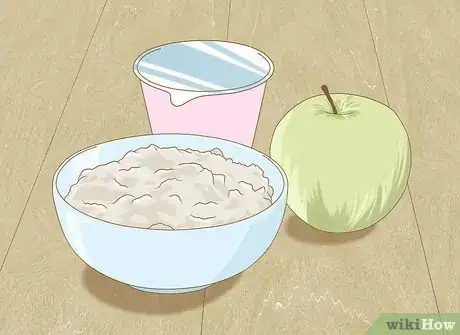
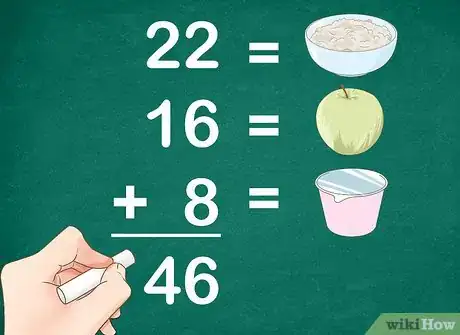
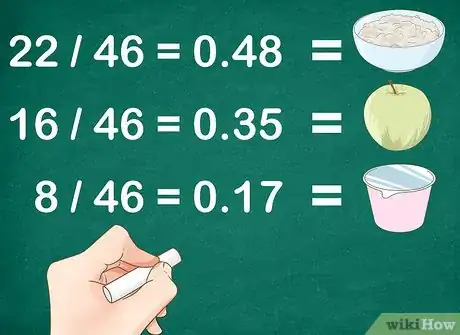
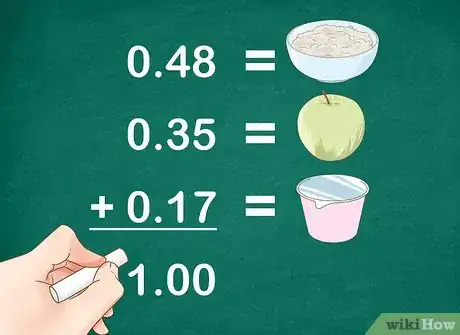

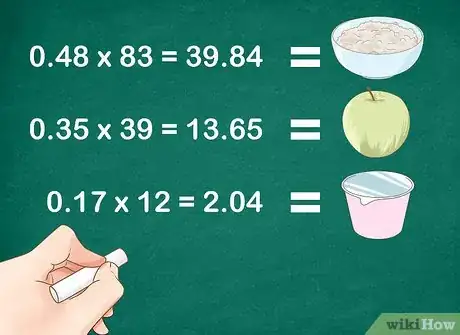

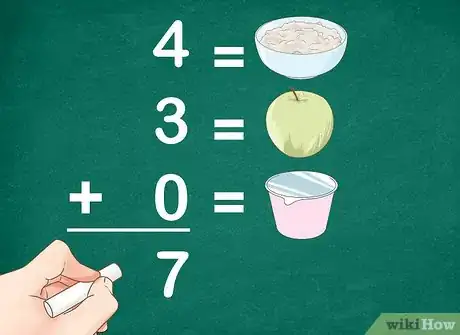
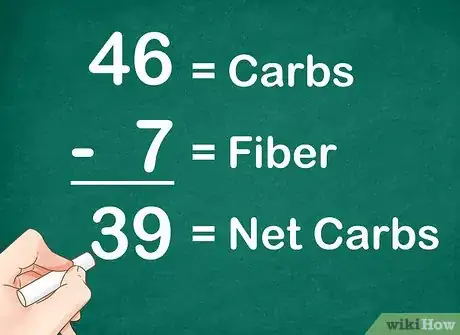
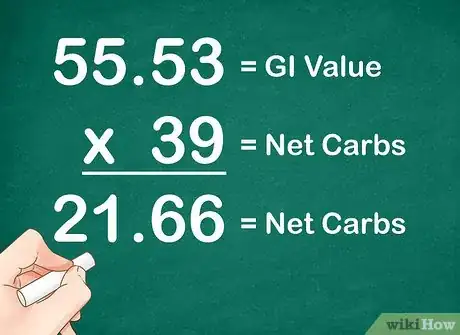
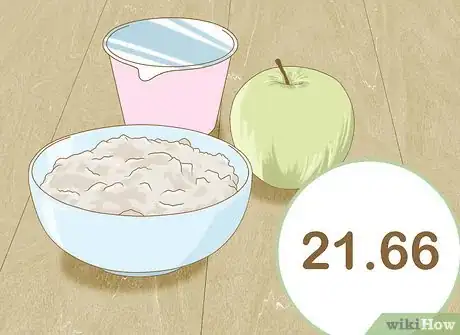
















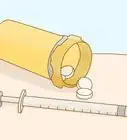
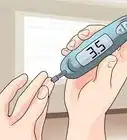





































Medical Disclaimer
The content of this article is not intended to be a substitute for professional medical advice, examination, diagnosis, or treatment. You should always contact your doctor or other qualified healthcare professional before starting, changing, or stopping any kind of health treatment.
Read More...